What is Indeed and Why Use It for Cover Letters?
Indeed is a leading online job board, a platform where job seekers connect with employers. It hosts millions of job postings across various industries and locations, making it a prime destination for anyone looking for employment. One of the significant advantages of Indeed is its user-friendly interface, which simplifies the job search process. Many job applications on Indeed require a cover letter, serving as a crucial tool for job seekers to make a strong first impression and showcase their qualifications. A well-crafted cover letter allows you to provide a concise overview of your skills and experience, going beyond the information presented in your resume. It gives you an opportunity to personalize your application, demonstrating your enthusiasm for a specific role and the company. By using Indeed and writing a cover letter, you significantly increase your chances of getting noticed by hiring managers.
How to Create Your Indeed Profile
Before you can start writing cover letters, you’ll need to set up your Indeed profile. This profile serves as your digital resume, allowing employers to quickly assess your qualifications. A complete and well-optimized profile improves your visibility to recruiters and streamlines your job application process.
Step 1 Sign Up and Fill in Your Information
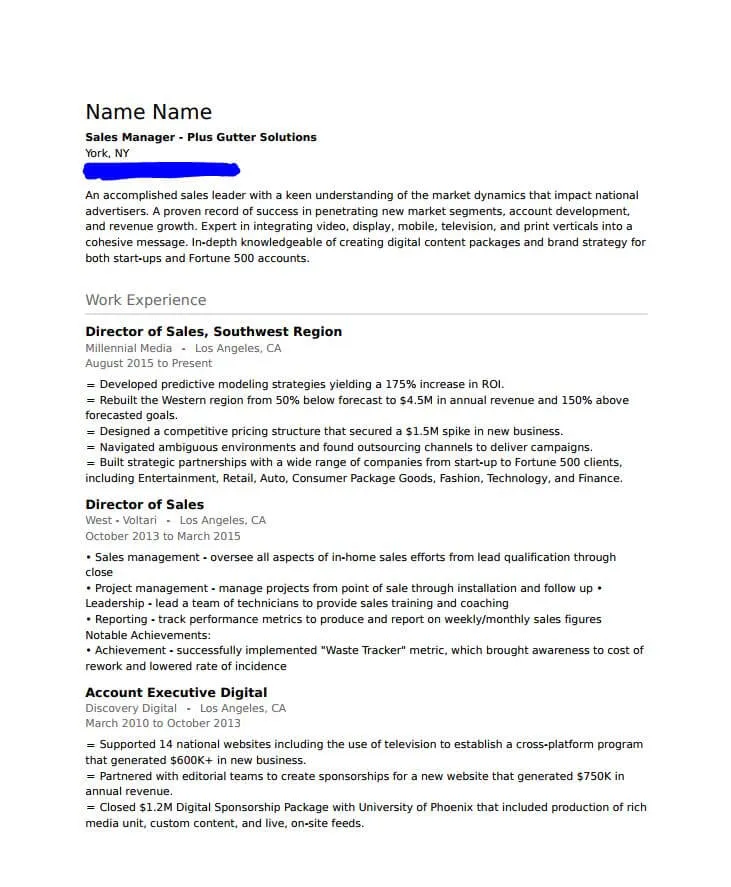
Begin by creating an Indeed account. You’ll need to provide basic information, including your name, email address, and desired password. Next, carefully fill out all the sections of your profile. Provide a professional headline, summary, and contact information. This includes your phone number, email, and any relevant links, such as your LinkedIn profile or personal website. Ensure the information is accurate and up-to-date.
Step 2 Upload Your Resume
Uploading your resume is a crucial step, as it provides employers with a comprehensive overview of your work history, skills, and education. Indeed allows you to upload various file formats, such as .doc, .docx, and .pdf. Make sure your resume is formatted professionally and is easy to read. Review your uploaded resume for any errors or formatting issues and correct as needed. Having a well-formatted and error-free resume significantly increases your chances of being noticed by recruiters. Consider using a clear, modern template for your resume.
Step 3 Customize Your Profile
Take the time to customize your Indeed profile to highlight your strengths and career goals. Add details about your skills, experience, and education. Write a compelling summary that showcases your key accomplishments and career aspirations. Use relevant keywords that match the types of jobs you are seeking. Include a professional profile picture. Regularly update your profile to reflect any new skills, experiences, or certifications you acquire. This will ensure your profile remains relevant and attractive to potential employers. A well-customized profile will increase your visibility and make it easier for recruiters to find you.
Writing a Cover Letter on Indeed
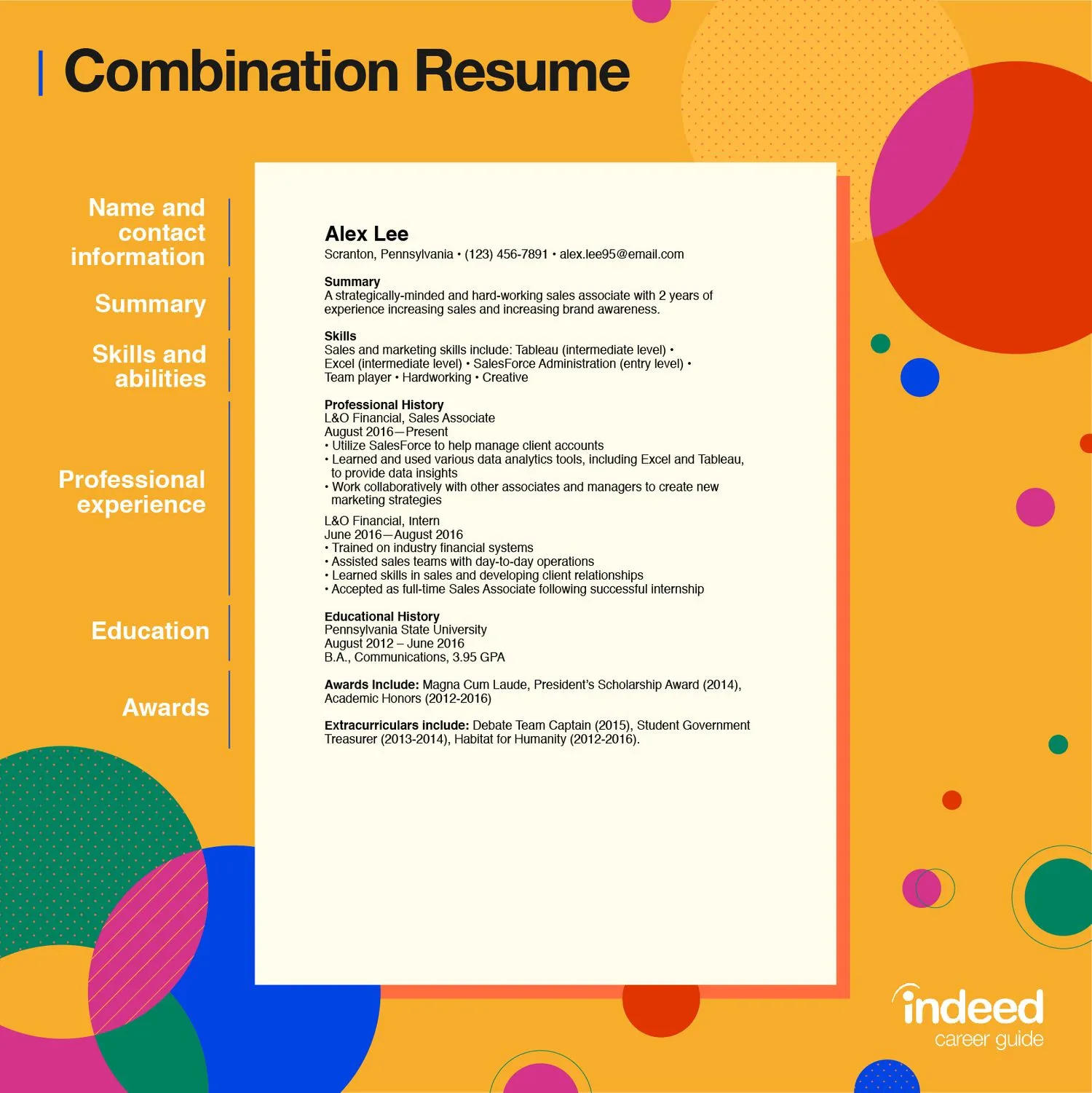
Once your Indeed profile is set up, you can begin writing cover letters for job applications. Indeed provides tools and resources to help you create effective cover letters that impress potential employers.
Step 1 Accessing the Cover Letter Section
When applying for a job on Indeed, you’ll typically be prompted to upload or create a cover letter during the application process. If the job posting requires a cover letter, you’ll usually see a section where you can upload a file or write your cover letter directly within Indeed. This option is usually provided after you select “Apply Now” for a job. Check the job posting requirements to confirm whether a cover letter is required.
Step 2 Choosing a Template or Starting from Scratch
Indeed often provides cover letter templates to help you get started. These templates offer a basic structure and prompts to guide you. However, it’s generally best to tailor your cover letter to each specific job and company. Starting from scratch allows you to craft a personalized cover letter that reflects your unique qualifications and enthusiasm for the role. If you choose a template, customize it significantly to make it your own. The goal is to demonstrate that you have carefully read the job description and understand what the employer is looking for.
Step 3 Personalizing Your Cover Letter
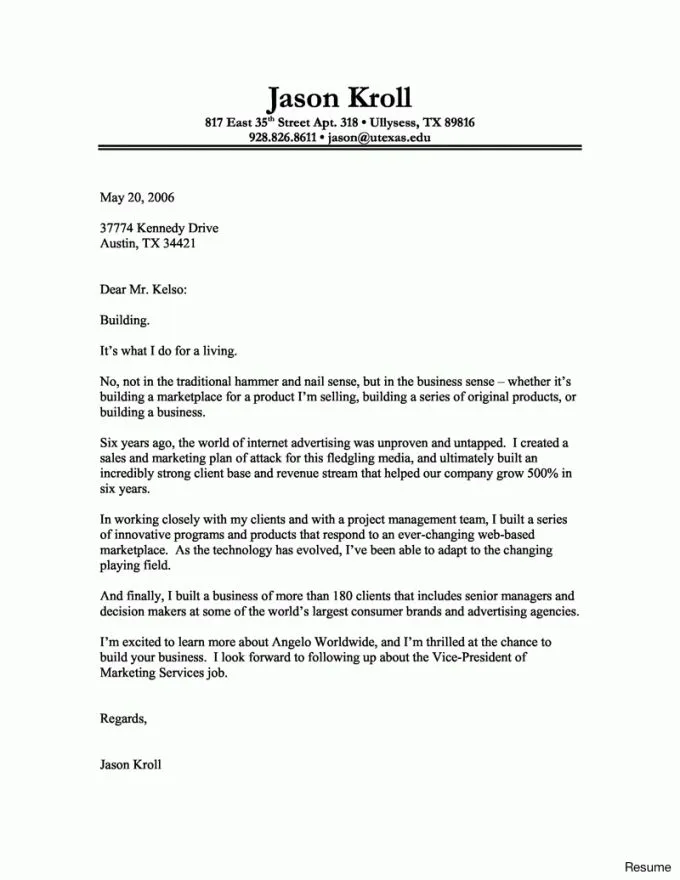
Personalization is key to creating a strong cover letter. Address the hiring manager by name, if possible; research the company and job to show your specific interest. Highlight the skills and experiences most relevant to the job requirements. Provide specific examples that illustrate your accomplishments and how you can contribute to the company. Explain why you’re a good fit for the role and what you hope to achieve. Tailor your cover letter to each job application; avoid using a generic cover letter for all applications. This level of detail demonstrates that you have taken the time to understand the job and the company, significantly increasing your chances of getting noticed.
Essential Components of a Great Cover Letter for Indeed
To write a compelling cover letter on Indeed, you should include the necessary components. Ensure your cover letter is structured clearly and professionally. A well-organized cover letter showcases your attention to detail and enhances your credibility.
Your Contact Information and the Date
Start your cover letter with your contact information, including your name, phone number, email address, and any relevant links, such as your LinkedIn profile. Include the current date directly beneath your contact information. This ensures that the hiring manager knows how to reach you and indicates when the letter was written.
The Hiring Manager’s Information
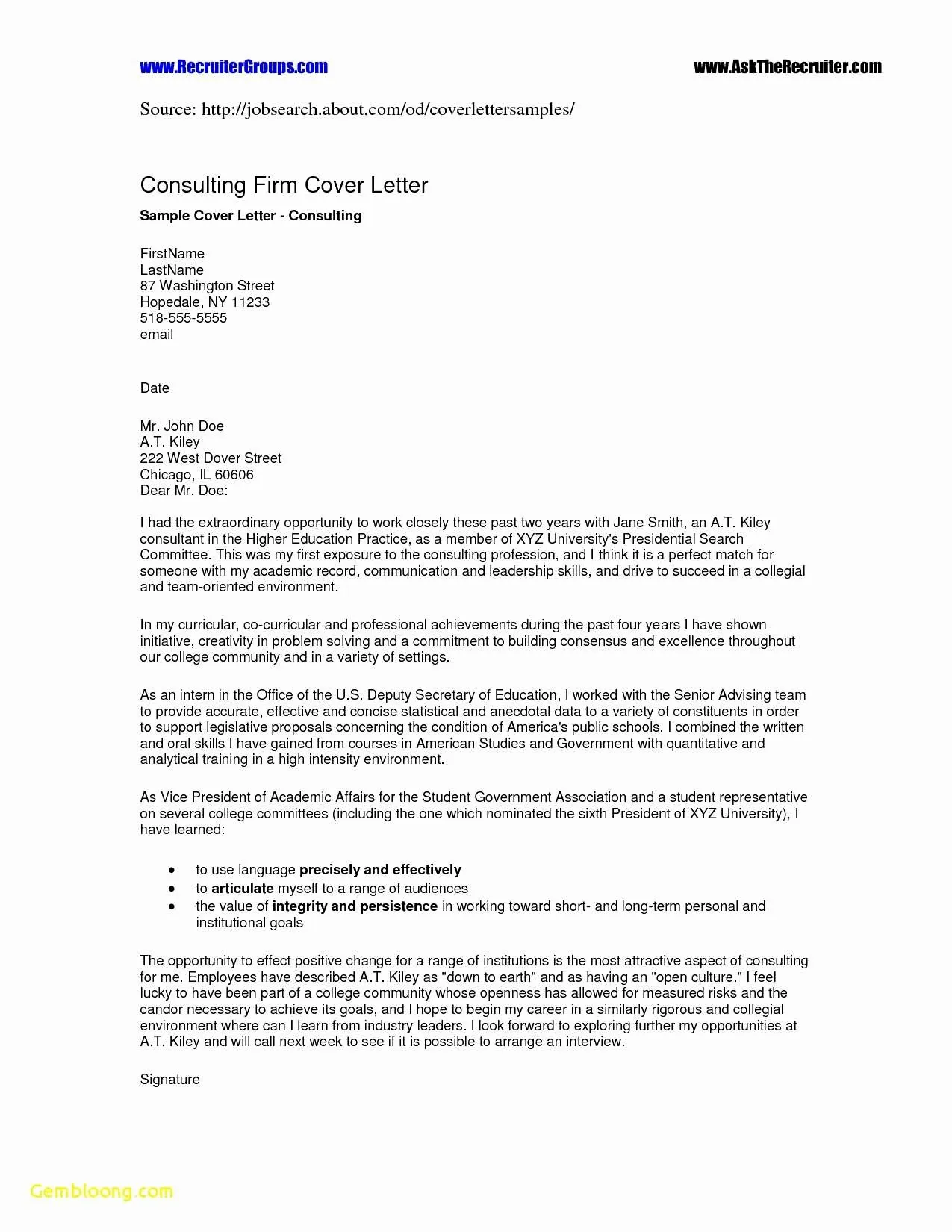
If possible, address your cover letter to the hiring manager by name. Research the company and find out who is responsible for hiring for the specific role. Addressing the hiring manager directly shows your initiative and attention to detail. If you cannot find the hiring manager’s name, use a professional greeting such as “Dear Hiring Manager.”
A Compelling Opening Paragraph
Your opening paragraph should immediately capture the reader’s attention and state the purpose of your letter. Clearly mention the job you’re applying for. Briefly explain why you’re interested in the position and the company. Express your enthusiasm for the opportunity. A strong opening paragraph sets the tone for the rest of your cover letter and encourages the hiring manager to continue reading. Avoid generic or cliché opening lines.
Highlighting Relevant Skills and Experience
The body of your cover letter should highlight the skills and experiences most relevant to the job description. Use specific examples to demonstrate how your qualifications align with the job requirements. Quantify your accomplishments whenever possible using numbers and data to show your impact. For example, “Increased sales by 15% within six months.” Tailor your examples to the specific requirements of each job, emphasizing the most relevant skills and experiences. This shows the hiring manager that you have the necessary qualifications to excel in the role. Use keywords from the job description, but make sure that you can back them up with real-world experience.
Demonstrating Your Enthusiasm for the Role
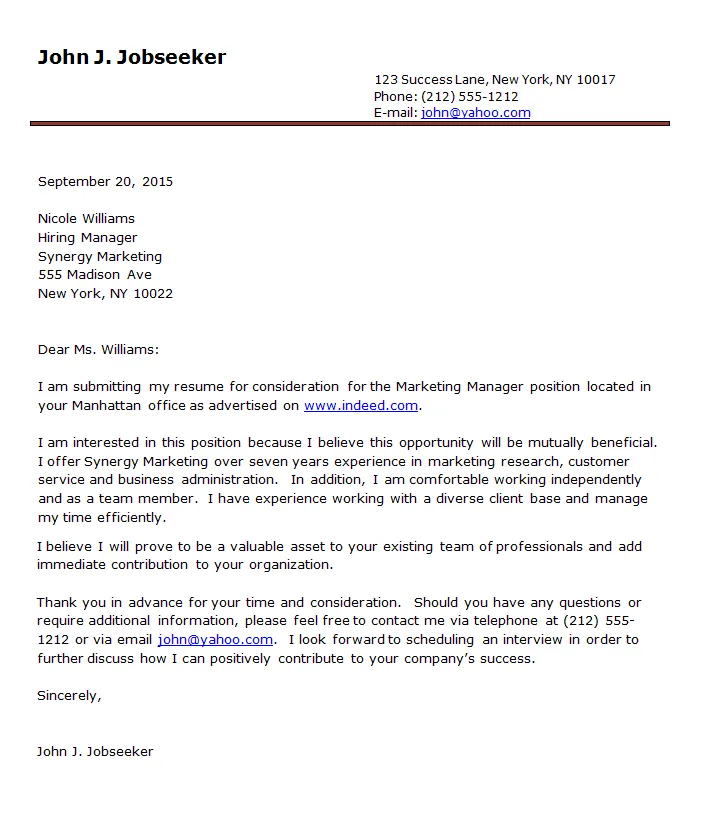
Show your genuine interest in the position and the company. Explain why you are excited about the opportunity and what attracts you to the role. Mention specific aspects of the company that resonate with you, such as its values, mission, or recent projects. This demonstrates that you’ve researched the company and are genuinely interested in becoming a part of their team. Avoid generic statements and provide specific reasons for your interest. Expressing enthusiasm helps the hiring manager see your passion for the job, which can give you an advantage over other candidates.
A Strong Closing Statement
End your cover letter with a strong closing statement. Reiterate your interest in the position and thank the hiring manager for their time and consideration. State your availability for an interview and express your eagerness to discuss your qualifications further. Include a call to action, such as “I look forward to hearing from you soon.” or “Thank you for your consideration.” Maintain a professional and confident tone throughout your closing statement. Sign off with a professional closing, such as “Sincerely” or “Best regards,” followed by your full name.
Proofreading and Formatting Your Cover Letter
Proofreading and formatting are essential steps in ensuring your cover letter is professional and polished. Attention to detail demonstrates your respect for the hiring manager’s time and increases your credibility. A well-formatted cover letter is easier to read and leaves a positive impression on the hiring manager.
Proofreading for Grammar and Spelling Errors
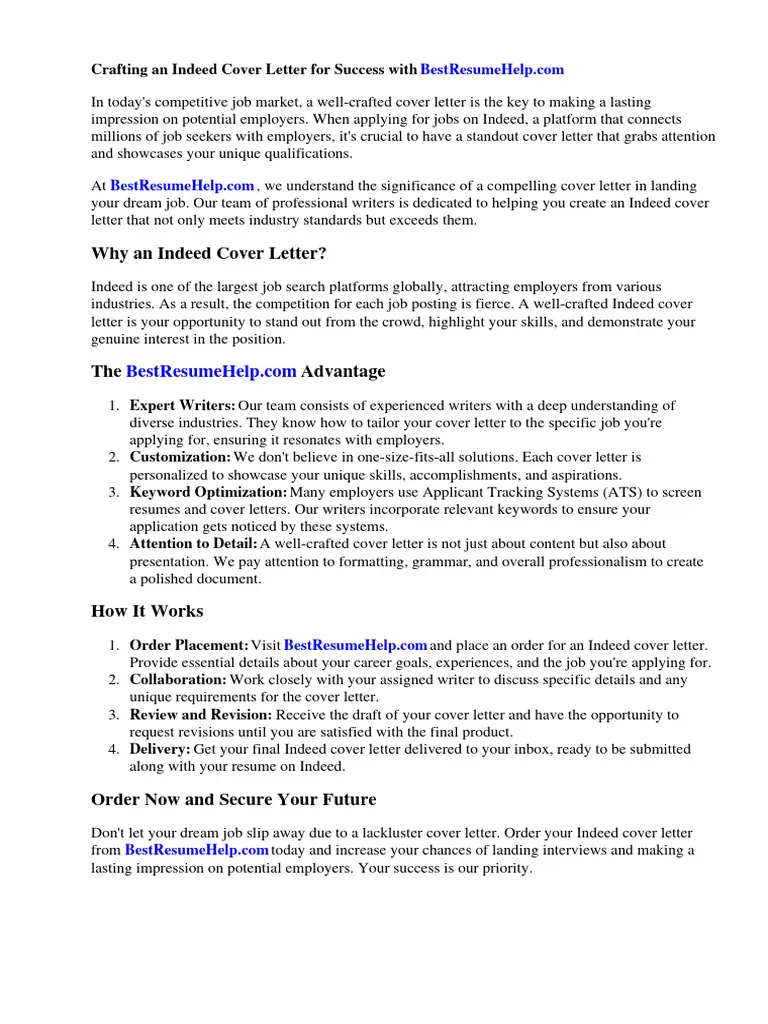
Carefully proofread your cover letter for any grammar and spelling errors. Use a spell checker and grammar checker, but also read through the document manually. Check for typos, incorrect punctuation, and awkward sentence structures. Errors in grammar and spelling can detract from your qualifications and make you appear less professional. Ask a friend or family member to review your cover letter as a second set of eyes. Correct any errors before submitting your application.
Formatting for Readability
Format your cover letter to be easy to read and visually appealing. Use a clear and professional font, such as Times New Roman, Arial, or Calibri. Use a font size between 10 and 12 points. Use appropriate margins and spacing between paragraphs. Use bullet points or numbered lists to highlight key information. Avoid large blocks of text; break up your paragraphs into smaller, more digestible chunks. Ensure that your cover letter is easy to scan and read quickly. This shows respect for the hiring manager’s time and increases the likelihood that they will read your entire letter.
Tips for Optimizing Your Cover Letter for Indeed
Optimizing your cover letter for Indeed can significantly increase your chances of getting noticed by hiring managers. Use these tips to ensure your cover letter stands out and effectively communicates your qualifications.
Using Keywords Relevant to the Job Description
Carefully review the job description and identify the keywords that the employer uses to describe the required skills, qualifications, and experience. Incorporate these keywords naturally throughout your cover letter. This helps your application get noticed by applicant tracking systems (ATS) that employers use to screen resumes and cover letters. Using relevant keywords also ensures that your cover letter accurately reflects the requirements of the job. Avoid keyword stuffing, which can make your cover letter seem unnatural and unprofessional. Instead, focus on using keywords in context to demonstrate your qualifications.
Tailoring Your Cover Letter to Each Job
Do not use a generic cover letter for every job application. Tailor each cover letter to the specific job requirements and the company’s needs. Customize your cover letter to address the hiring manager’s specific needs. Demonstrate that you’ve carefully read the job description and understand what the employer is looking for. This increases the likelihood that your cover letter will resonate with the hiring manager. Highlighting the most relevant skills and experiences will show that you are a strong candidate.
Showcasing Your Achievements
Instead of simply listing your responsibilities, showcase your achievements in your cover letter. Use the STAR method (Situation, Task, Action, Result) to describe your accomplishments, providing concrete examples of your impact. Quantify your achievements whenever possible using numbers and data. For example, “Increased sales by 20% within six months.” Highlighting your achievements helps you stand out from other applicants and demonstrates your value to potential employers. Showing the results of your work is an effective way of demonstrating your qualifications.
Tracking Your Applications and Following Up
After submitting your cover letter and application, it is important to track your applications and follow up with employers. Keeping a record of the jobs you’ve applied for helps you stay organized. Note the date you applied, the job title, and the company. If you have the hiring manager’s contact information, consider sending a brief follow-up email a week or two after submitting your application. Reiterate your interest in the position and inquire about the status of your application. A well-timed follow-up can demonstrate your enthusiasm and attention to detail. Even if you don’t hear back immediately, it is still important to track the status of your job search.
